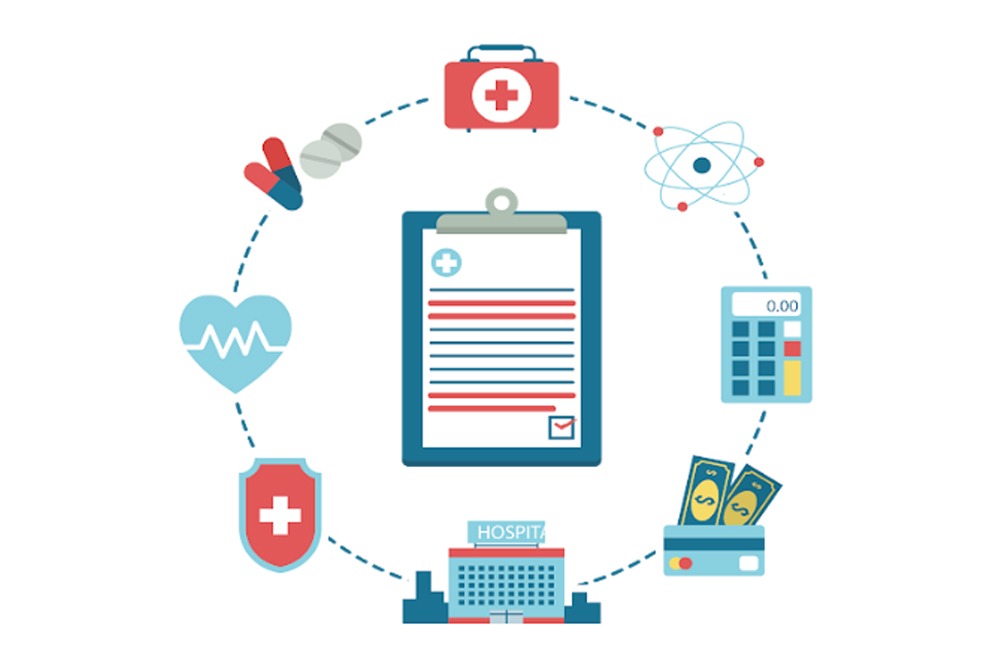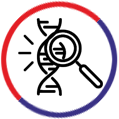TAT-BASED CHARTING

Discover streamlined documentation solutions with Pennhealth Informatics. Our TAT-based charting services ensure timely recording and documentation of vital interactions between healthcare professionals and patients. With our dedicated scribes, audio recordings of patient-doctor conversations are efficiently transcribed and uploaded into the Electronic Health Record (EHR) within the designated turnaround time, enhancing workflow efficiency and accuracy.
Explore expert documentation services
At Pennhealth Informatics, we prioritize accuracy, efficiency, and compliance in every aspect of our services. Our team of trained scribes undergo rigorous training to ensure precision in transcribing crucial patient information. By leveraging cutting-edge technology and adhering to industry standards, we empower healthcare providers to focus on delivering exceptional patient care while we handle the documentation seamlessly. Whether you’re a small clinic or a large hospital system, trust Pennhealth Informatics to optimize your charting processes and elevate your practice to new heights of productivity and patient satisfaction.
Tat-Based Charting Key Features
Detailed reports offer an in-depth summary of the patient’s medical history, current health status, and treatment trajectory, requiring additional time to accurately capture all relevant information. These detailed reports serve as crucial documents for healthcare professionals to make informed decisions about patient care. They provide a comprehensive overview of the patient’s condition, including any past illnesses, diagnostic tests, medications, and treatments. Furthermore, these reports play a crucial role in monitoring the patient’s health trajectory over time, enabling healthcare professionals to make necessary adjustments to treatment plans. This is particularly significant due to the precision and expertise provided by scribes, which directly contribute to improved patient outcomes and the maintenance of expert care.
TAT-based charting ensures document integrity by maintaining exceptional accuracy within the specified time constraints. The accuracy of TAT-based charting is pivotal in maintaining document integrity within the specified time constraints. By utilizing dedicated scribes, healthcare providers can rely on the precise transcription of patient-doctor interactions, ensuring that important details are accurately captured and documented in the EHR. This accuracy is essential for providing high-quality patient care, as it allows healthcare professionals to access reliable information quickly, leading to more informed decision-making and improved patient outcomes.
Advantages of Tat-Based Charting

- PennHealth ensures charts are ready for signature within turnaround time.
- Enables healthcare providers to promptly review and sign off on patient records.
- Facilitates timely decision-making regarding patient care, including treatment plans, medication prescriptions, and referrals.
- Having charts ready for signature promptly enhances administrative efficiency.
- Allows administrative staff to expedite billing procedures.
- Facilitates insurance claim processing.
- Streamline other administrative tasks.
- Saves time and resources.
- Minimizes delays in reimbursement and financial transactions.
- Improves the financial health of healthcare organizations.
- PennHealth’s role in optimizing patient care and operational efficiency
- Facilitates efficient administrative operations.
- Supports timely clinical decision-making.
- Plays a crucial role in optimizing patient care and operational efficiency within healthcare facilities.

- Quality assurance measures at PennHealth for medical documentation
- Regular audits of transcribed documents.
- Feedback mechanisms for continuous improvement.
- Identification of potential errors or discrepancies.
- There are opportunities for ongoing training and professional development for transcriptionists.
- Provision of targeted feedback and implementation of corrective measures.
- Ensuring proficiency in accurately transcribing medical dictations and adhering to guidelines.
- Contribution to the reliability and trustworthiness of patient records.
- Fostering confidence among healthcare providers and patients.

Cost-effectiveness of efficient medical documentation processes
Efficient turnaround times facilitate quicker access to medical records.
Contribute to significant cost savings within the healthcare system.
Delays in accessing medical information can lead to prolonged hospital stays, redundant tests, and increased administrative costs.
Streamlining the documentation process optimizes resource allocation.
Enhances overall operational efficiency.
Improves the quality of care while minimizing unnecessary expenditures.
Investing in streamlined documentation systems yields substantial returns in terms of cost-effectiveness and improved patient outcomes.
Our Workflow Process

The turnaround time-based charting process begins with the receipt of documents that need to be documented. These can include dictated notes from healthcare professionals, recorded patient encounters, or handwritten notes that need to be converted into electronic records.
Finally, completed transcriptions or documents undergo quality assurance checks to ensure accuracy, completeness, and adherence to formatting standards.
This step is crucial for maintaining the integrity of medical records and preventing errors. Completed transcriptions are uploaded to EHR through secure channels.


